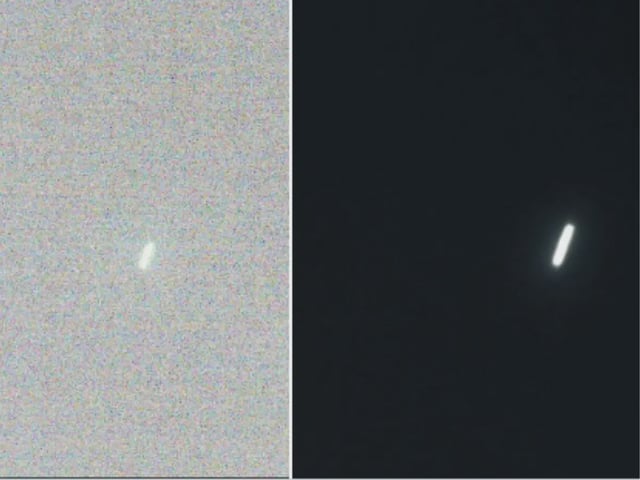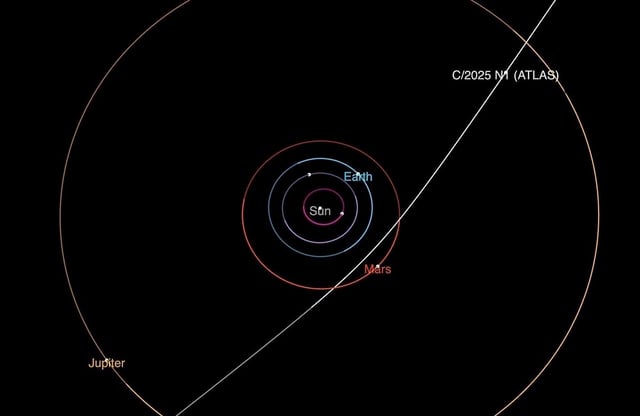Overview
- A Perseverance Navcam composite from the Oct. 3 Mars flyby shows a long, bright cylindrical streak now circulating widely on social media.
- Harvard astrophysicist Avi Loeb reviewed the frames and said the apparent cylinder most likely resulted from stacked exposures during a multi‑minute integration.
- ESA and NASA orbiters observed the close pass at Mars, with higher‑resolution images such as MRO’s HiRISE shot expected but not yet released.
- NASA reports the object was moving about 61 km/s at discovery, will not come closer to Earth than roughly 1.8 AU, and becomes hard to see from Earth during late‑October solar conjunction.
- Global facilities including Hubble, Webb and SPHEREx continue coordinated observations, and ESA’s JUICE mission is slated to monitor the object in November near Jupiter.



